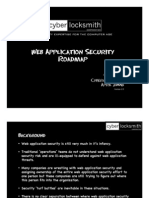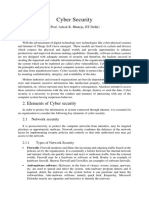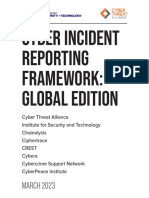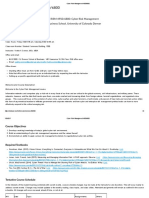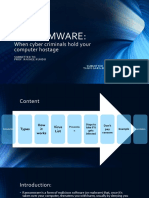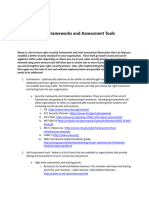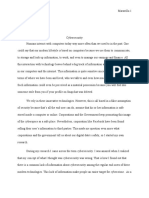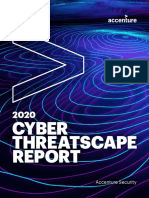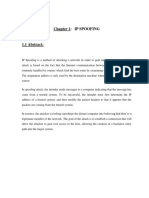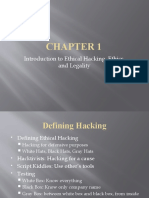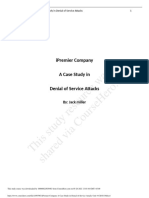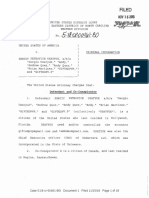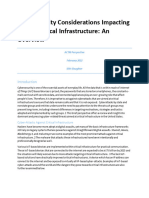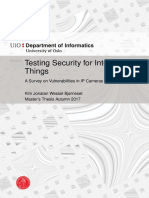0% found this document useful (0 votes)
393 views12 pagesCybersecurity Script
This document discusses cybersecurity challenges and solutions. It notes that cybercrime has become more sophisticated as organized criminal groups operate like businesses. The rise of mobile technologies, internet of things, and reliance on third party vendors has increased risks. A multi-pronged approach is needed that includes advanced threat intelligence, layered defenses, third party oversight, data backups, and frequent patching.
Uploaded by
Dhesserie PaglinawanCopyright
© © All Rights Reserved
We take content rights seriously. If you suspect this is your content, claim it here.
Available Formats
Download as DOCX, PDF, TXT or read online on Scribd
0% found this document useful (0 votes)
393 views12 pagesCybersecurity Script
This document discusses cybersecurity challenges and solutions. It notes that cybercrime has become more sophisticated as organized criminal groups operate like businesses. The rise of mobile technologies, internet of things, and reliance on third party vendors has increased risks. A multi-pronged approach is needed that includes advanced threat intelligence, layered defenses, third party oversight, data backups, and frequent patching.
Uploaded by
Dhesserie PaglinawanCopyright
© © All Rights Reserved
We take content rights seriously. If you suspect this is your content, claim it here.
Available Formats
Download as DOCX, PDF, TXT or read online on Scribd
/ 12












